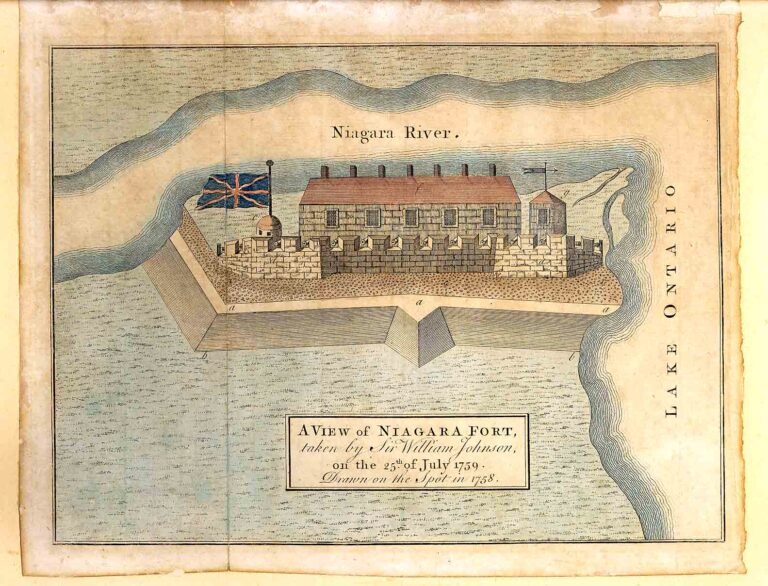Ron Fritz
Special to The Lake Report
In a Sept. 3 letter to the editor, Kenn Moody asks for a reasoned discussion about a ward system for Niagara-on-the-Lake. What follows is my attempt to do so.
I have published extensively on constructing electoral boundaries that comply with the Canadian Charter of Rights and Freedoms. I have advised lawyers in three provinces who brought constitutional challenges against their respective provincial electoral boundaries.
Finally, I served as deputy chair of the Federal Electoral Boundaries Commission for Saskatchewan in the mid-1990s.
Mr. Moody and many others seem to believe that the drawing of municipal ward boundaries could possibly be handled by a town employee. Were it only so simple.
Once you move to a ward system you must draw the boundaries in compliance with the Charter requirements.
Federal electoral commissions consist of three commissioners. The chair is a judge who gives the process the patina of non-partisanship and chairs public hearings on the commission’s proposed electoral boundaries.
He or she may or may not be knowledgeable about the Charter requirements. The other two members are individuals with knowledge of the requirements of the Charter and perhaps knowledge of political theories of representation.
These three have the responsibility of doing conceptual designs for the constituencies. They do this work without knowing other than in a vague way what the number of residents is in each. The number crunching is done by a technician.
Each commission is assigned a technician who is employed full-time for three or more months. The basic census data is arranged around census tracts (or areas).
Where the conceptual boundaries encompass the boundaries of the census tracts the job of calculating the number of residents is straightforward. Unfortunately, that does not usually occur.
Often the conceptual boundaries cut through census tracts, producing what are called “splits.” Calculating the number of residents in a split is both time-consuming and costly.
It may turn out that the conceptual designs do not comply with the requirements of the Charter, with the result that the conceptual design must be altered and the work of the technician starts all over again.
Eventually, the proposal of the commission is produced and published. Then follows hearings to get public input. Changes may follow.
There are further steps in the federal process which would not apply to the creating of ward boundaries. It is likely that ward boundaries for NOTL could be created by one commissioner and one technician. The process would be both time-consuming and costly.
Because I don’t have the new census numbers for the census tracts for NOTL, I propose to deal with St. Davids as a hypothetical.
Assume that we go forward with eight wards and a municipal quotient (average) of 2,500. Assume that Mr. Moody is correct that there are 3,000 residents in St. Davids.
To put all 3,000 into one ward producing a deviation of plus-20 per cent could not likely be justified under the Charter.
There are two ways a commissioner might resolve this. The first would be to carve out 500 residents of St. Davids and produce a ward consisting of those residents, the residents of Queenston and a large number of rural residents in between.
A second would be to divide St. Davids along Creek Road with the eastern portion being combined with the residents of Queenston and a less large number of rural residents in between and the western portion being combined with a large number of rural residents.
In either scenario the residents of the smaller block(s) would likely feel that the votes of the dominant block will prevail and that their interests will not be shared by the person elected.
What happens if we stay with the present at-large electoral system?
Strategic voting can potentially produce the results that Mr. Moody is seeking. When voting I can cast votes for a maximum of eight candidates.
There is nothing, however, that requires a voter to vote for eight candidates. I seldom vote for more than five or six candidates at any municipal election. These are those who I feel are the strongest candidates.
If I cast votes for additional candidates I am potentially creating unnecessary competition for my preferred candidates. In determining which candidates to vote for I also take into account whether they live in St. Davids, Glendale, Queenston or Virgil.
I also try to vote for one candidate who resides in a rural area of NOTL. This type of strategic voting would also provide more positive results for rural residents since their votes would not be carved up and allocated to various “urban” wards.
Because our population in NOTL is so small and our land mass is larger than a number of major Canadian cities where voting on a ward basis is feasible, it is not feasible for us today.
In 20 or 30 years when Glendale, St. Davids and Virgil reach their maximum development allowed under the Greenbelt legislation, this can be revisited.
Queenston resident Ron Fritz is the former dean of the University of Saskatchewan’s law school.










